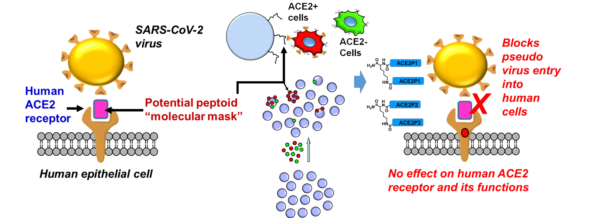Introduction:
Toxicology and safety evaluations play a vital role in ensuring the well-being of humans, animals, and the environment. These disciplines involve the assessment of potential hazards and risks posed by chemical substances, drugs, and environmental agents. In this blog post, we will delve into the significance of toxicology and safety evaluations and explore how they contribute to safeguarding health and the environment.
Understanding Toxicology:
Toxicology is the study of adverse effects caused by chemical substances on living organisms. It involves the examination of the toxic properties, mechanisms of action, and potential health risks associated with exposure to hazardous substances. Toxicologists use various methodologies to assess toxicity, such as in vitro studies, animal testing, and human epidemiological research.
Key Points:
Hazard Identification:
Toxicology plays a vital role in identifying and characterizing the hazards associated with chemical substances. Through rigorous testing and analysis, toxicologists determine the potential adverse effects that a substance may induce in humans, animals, and the environment. This knowledge allows for informed decision-making to mitigate or avoid exposure to harmful substances.
Dose-Response Relationship:
Toxicology helps establish the dose-response relationship, which explores how the magnitude of exposure to a substance relates to the resulting health effects. By determining the threshold levels at which adverse effects occur, toxicologists can establish safe exposure limits and guidelines for regulatory authorities and industries to follow.
Safety Evaluations:
Safety evaluations are conducted to assess the risks and potential harm associated with exposure to substances. Toxicologists analyze a wide range of factors, including the absorption, distribution, metabolism, and excretion (ADME) of substances, to understand their impact on human health and the environment. These evaluations guide the development of regulations and safety protocols to protect individuals and ecosystems.
Alternative Testing Methods:
The field of toxicology has been evolving to develop alternative testing methods that are more ethical, efficient, and cost-effective than traditional animal testing. Cellular models, computer simulations, and human-based in vitro tests are being increasingly used to predict toxicological effects and eliminate the need for animal testing. These advancements promote more humane and reliable toxicological evaluations.
Understanding Safety:
Safety assessments focus on evaluating and managing risks associated with various products and activities—such as drugs, chemicals, food additives, and industrial processes—to ensure their safe use and minimize potential harm to humans, animals, and the environment.
Key Points:
Risk Assessment:
Safety assessments involve risk assessment to quantify and characterize potential hazards associated with a particular product or process. This includes evaluating exposure levels, toxicity data, and other relevant factors. The goal is to identify and manage risks effectively, enabling appropriate safety measures to be implemented.
Regulatory Compliance:
Safety evaluations are essential to ensure compliance with regulatory standards and guidelines established by governmental bodies. Companies and industries must demonstrate that their products meet stringent safety criteria before they can be approved for commercial use. This regulatory oversight helps protect public health and ensures consumer confidence in the safety of products.
Environmental Impact:
Safety assessments extend beyond human health and also consider the potential impact on the environment. Evaluating the toxicity and fate of substances in ecosystems allows us to understand their ecological effects and implement measures to minimize harm to the environment, wildlife, and biodiversity.
Continuous Surveillance:
Safety evaluations do not end after initial approvals. Ongoing monitoring and surveillance are crucial to assess any emerging risks or new scientific findings. Constant updates and adaptability are essential in maintaining a high level of safety assurance as knowledge and understanding of toxicity evolve.
Conclusion:
Toxicology and safety evaluations are critical in identifying potential hazards, assessing risks, and ensuring the well-being of humans, animals, and the environment. By understanding the toxic properties of substances and conducting comprehensive safety assessments, we can establish guidelines, regulations, and safety measures that protect public health and minimize adverse impacts. Continuous advancements, along with alternative testing methods, are helping to refine toxicological evaluations and ensure a safer and more sustainable future for all.
#safety #toxicology


